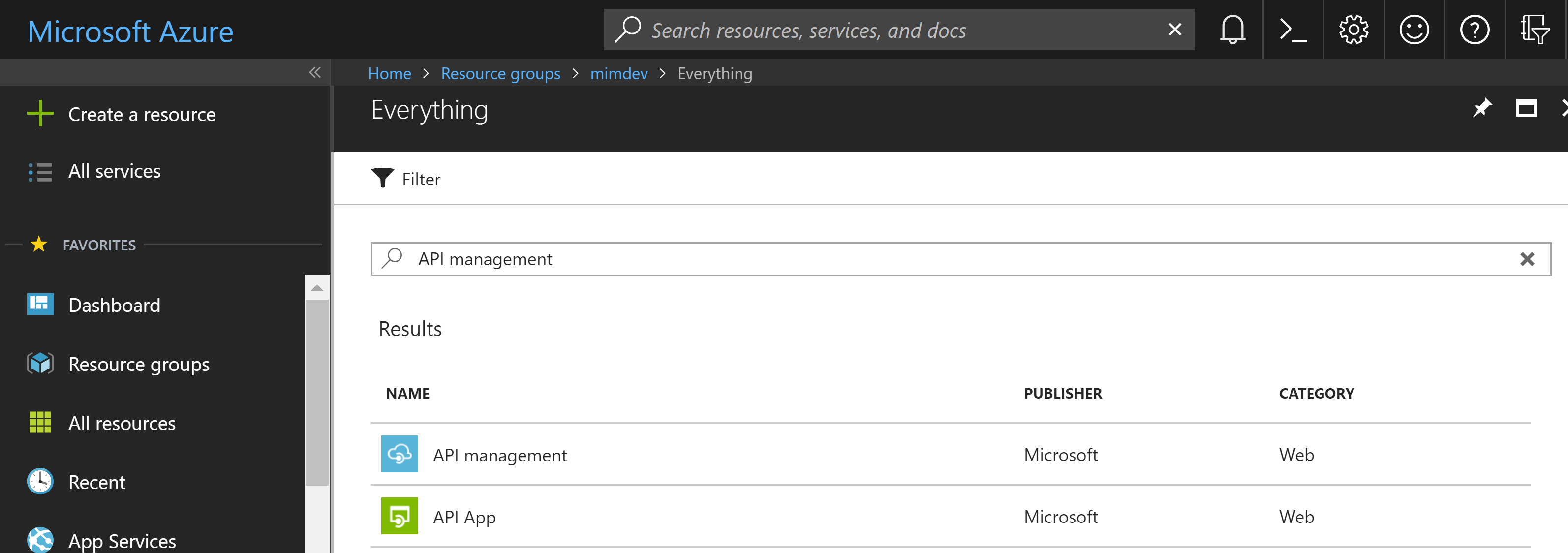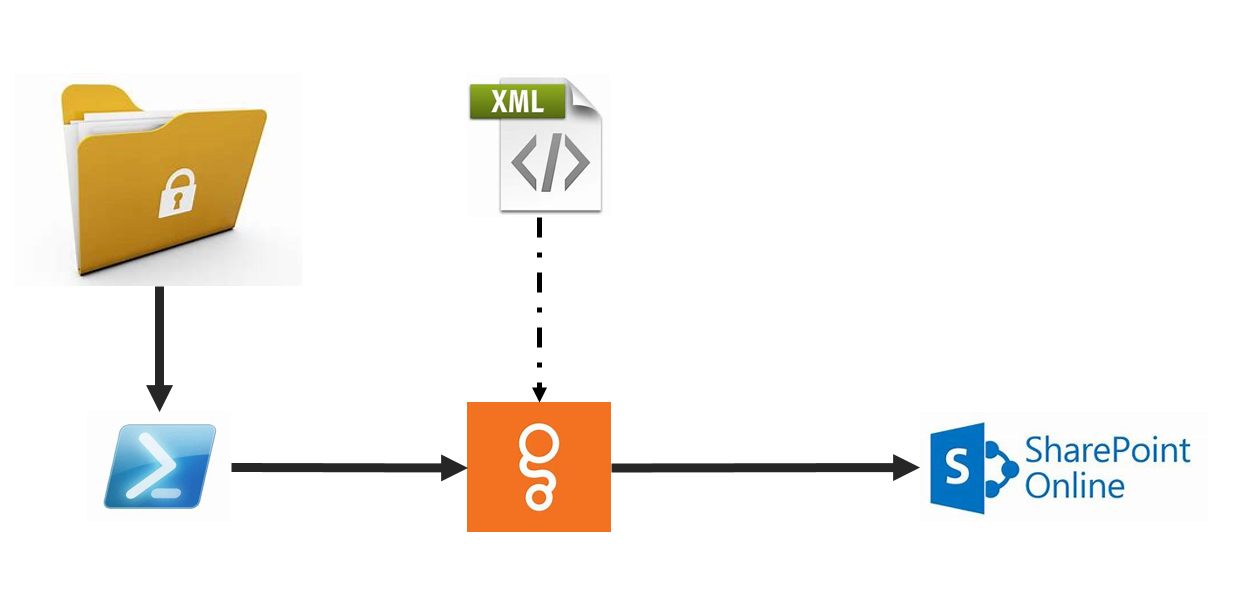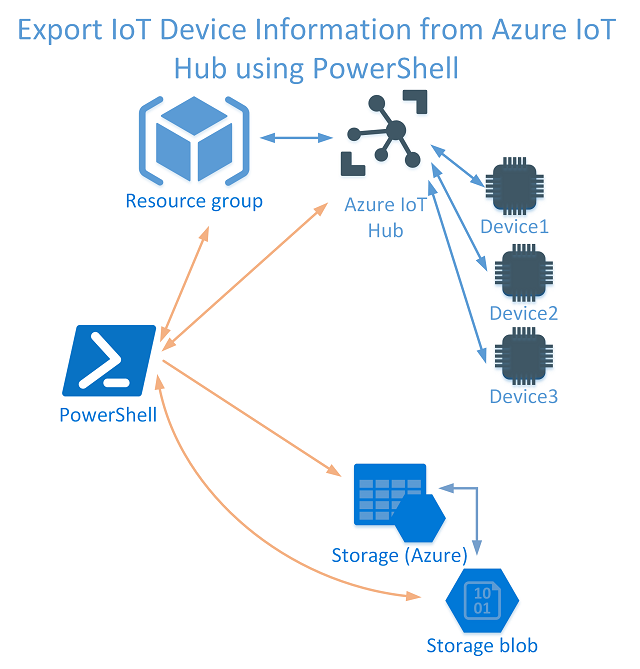
Utilising Azure Text to Speech Cognitive Services with PowerShell
Introduction
Recently I’ve been building an IoT Project that leverages Azure Cognitive Services. A couple of the services I needed to use were for converting Text to Speech and Speech to Text. The guides were pretty good from Microsoft, but not obvious for use with native PowerShell. I’ve got it all working, so am documenting it for myself for the future but also to help anyone else trying to work it out.
Accessing the Cognitive Services Text to Speech API
Azure Cognitive Services Text to Speech is a great service that provides the ability as the name suggests, convert text to speech.… [Keep reading] “Utilising Azure Text to Speech Cognitive Services with PowerShell”



